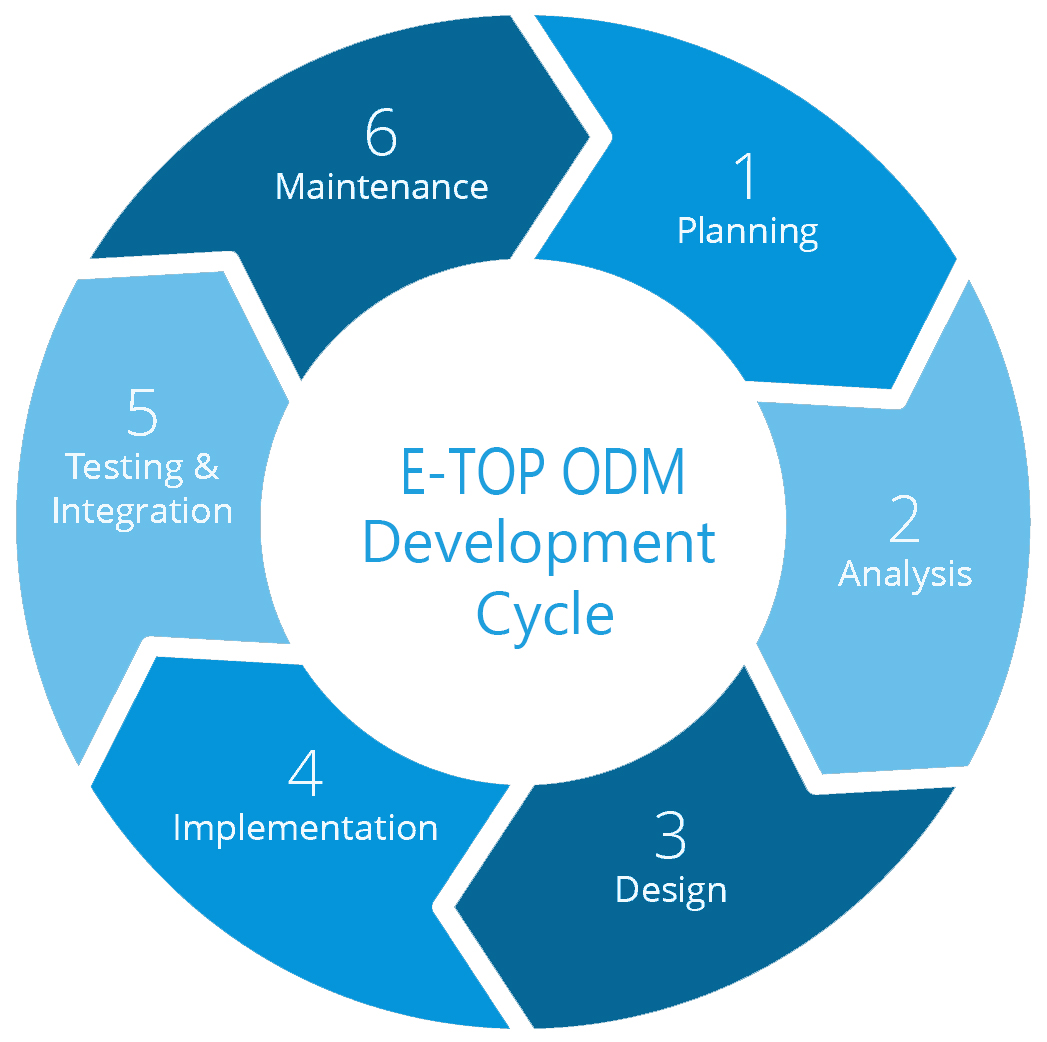THE ODM PROGRESS CHART
We do more than 50% thermostat ODM manufacturing business.
Refering with the right development module, our thermostat
ODM process covers the 6 major steps that starting from the initial
idea to final product maintenance.Started from 2010, we have
completed our development model by abundant
management tools and development experience.
According to the product TRD spec, the whole devleopment period
may take 4-8 months or even longer to have product fully validated.
The development is suitable for every thermostat system inclusive of
conventional system, heat pump system,fan coil system, mini split
Underfloor heating, customized HVAC system, BMS based communicate
system(Modbus/BACNET).
Customers can view below 3 major phases for detailed info:
|
 |
Project Analysis
In this phase, we will change from an intial idea/draft to the final paper work and agreement.
Sales&Marketing Research
The research will includes the service
research of target audienceand current
customers conduct of products,and our
buyers, new challges in the market..
competitors design and pricing,trending in
the industry and in eyes. |
 |
Technical Analysis&Evaluation
The technical analysis will cover the hardware spec/ mechanism request/ software spec/ product norm&test standard/production request
Cost Estimation/Quotation
According the specs, an estimate quotation will be offered according to the given project documents.
Customer Review
Customers to review our comments/proposals correponsding each line of the development request and the estimate prices. Request document are adjusted accordingly based on the conversations.A third round or 4th round of conversation are high possibility needed until the both sides get the satisfaction.
Time Table
We will scheme the best timeline for each period of the NRE based on customer's market request. For normal projects may take around 180 days from kick-up to the trial production.
Project KICK OFF
 |
After there's the concensus of the project request, the
NRE processis going to formally since this phase. Based on the
different roles in the projects, there will be the mechanical engineer,
graphic designer (userinterface),software&hardwareEngineer,
test engineer,quality assurance guys that are participating in
the period. |
Industrial Mechanical Design

According to the request, we will start 3D drawing (normally by PROE) and select the raw materials for the plastic housing, LCD. In normal projects, this process may take 7-14 days. After it's done, a first edition of the STEP file would be done.
Hardware Development
Along with the mechanical drawing, the PCBA development is starting at the same phase. According to the functionalities, the initial schematic/PCBA will be made within 7-14 days. The documents can have access to customers if needed.
Material Preparation
After the mechanical part and hardware scobe is done, materials and components are going to be prepared in 10 days from suppliers and online stores. These will include major materials such as LCD/relays/IC/Inductance/3D printing housing and so on..
User Interface Implemention
Based on the UI document(normally provided by customer in PDF or AI), the graphic is going to be implemented on the LCD/TFT screen.
Software Configuration
There will be the software plan as soon as the NRE starts. At first step, the bottom layout coding is starting. After it's finished, we will start the major hardware functinality realise such as LCD lighting,touch button activation, IO ports adjustment..
EVT(Engineerin Validation Testing) Sample Delivery
We will have a 3D/CNC plastic housing sample, with the functionable thermostat LCD/simple user graphic/ basis software function e.g. relay control.. Customer is able to have the general review of the product the product mechanical/aesthetic/major hardware componets/ partial software functionalities. In general this is a nearly 50% percent finished engineering product during the whole NRE. According the project difficuties, the 1st EVT samples is norammly provided since 30-40 days of the project kick off.
Tooling Preparation
After customer's approval of the mechanical part of the EVT sample,tooling process will be started.It will take around 30-40 days to finish the moulding.
Validation

There will be abudants of tests carried out since the EVT progress such as electronic test(Surge, Energy efficiency, ESD), Envrionment test (low&high temperature test, constant temperature test, climate imitate test and so on..
DVT (Design Validation Test)Sample Delivery
Now we’ve got the hardware&Ssoftware ready and it’s time for DVT (Design Validation Test). While the goal before getting here is to have one mass production-ready configuration to test, it is common for this not to be the case. DVT focuses on perfecting tools and techniques for a consistent run and ensures products meet electronic and environmental requirements using both mass production tools and parts.
Units are put through rigorous tests such as EMC,Surge, dropping from certain heights, chemical resistance as well as extensive battery testing. This step is also crucial for products needing regulatory certifications such as FCC or CE. After the testing, a test report as well 2-3 samples are delivered for customers final review
PVT (production validation testing)Sample Delivery
This is the most exciting stage of the engineering validation process. PVT is the first official production run, where teams verify that the product can be made at the volumes needed for the target cost. Ideally, these units will be suitable to sell and will become part of volume ramp. In PVT, our QA (quality assurance) and QC (quality control) procedures are developed which will allow us to check for any failures throughout the manufacturing process. As products come off the line, it’s the last opportunity for adjustments to tools to be made. Once performance and quality have been verified and signed off, it’s onto mass production!




